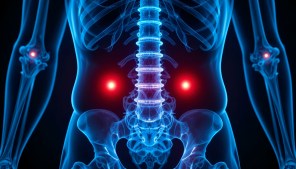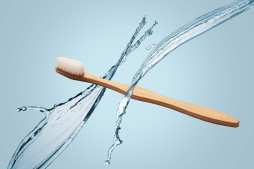Essential Equipment and Tools for Home-Based Stroke Rehabilitation

Home-based stroke rehabilitation can play an important role in the recovery process by providing a familiar and comfortable environment. Utilizing appropriate equipment and tools can help support therapy goals, enhance mobility, and promote independence during this phase of rehabilitation.
Understanding Home-Based Stroke Rehabilitation
Stroke rehabilitation at home involves various activities focused on regaining strength, coordination, and daily living skills. It often complements professional therapy sessions by allowing individuals to practice exercises consistently within their living space. The goal is to create a supportive setting that encourages progress while addressing safety considerations.
Types of Equipment Supporting Mobility and Exercise
A range of equipment is available to assist with mobility, balance, and motor skills development. These tools may include items designed to aid walking, improve grip strength, or facilitate stretching and strengthening exercises. Selecting suitable equipment depends on individual needs and should align with recommendations from healthcare providers.
Tools Facilitating Daily Living Activities
In addition to exercise-focused equipment, tools that support daily living activities are integral to home rehabilitation. Adaptive utensils, dressing aids, or communication devices can help individuals regain autonomy in routine tasks. These tools contribute not only to physical recovery but also to enhancing quality of life.
Safety Considerations for Home Use
Ensuring safety when using rehabilitation equipment at home is essential. Proper setup, clear instructions for use, and regular monitoring can reduce risks of injury. It is advisable to consult with therapists or healthcare professionals when introducing new tools into the home environment.
Integrating Technology in Home-Based Rehabilitation
Advancements in technology have introduced digital applications and devices that support stroke recovery through interactive exercises or remote monitoring features. Such innovations may complement traditional methods by offering additional motivation and feedback mechanisms within the home setting.
Overall, selecting appropriate equipment and tools tailored to individual needs can contribute positively to the stroke rehabilitation journey at home. Collaborating with healthcare professionals ensures that these resources are used effectively while maintaining safety throughout the process.
This text was generated using a large language model, and select text has been reviewed and moderated for purposes such as readability.


